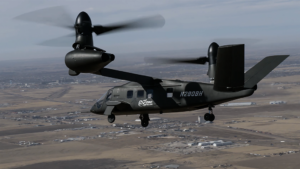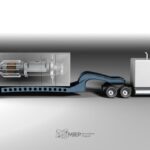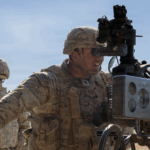
The V-280 Valor achieved a forward flight speed of 280 knots, an important milestone for the tiltrotor aircraft that has now lived up to its namesake target speed. This speed was reached on Wednesday at Bell’s [TXT] Flight Research center in Arlington, Texas. That speed is a key performance parameter (KPP) for the aircraft, according to Carl Coffman, director of advanced vertical lift systems sales and strategy at Bell. Coffman said the guidance received from the Army was for the…

 By
By 











